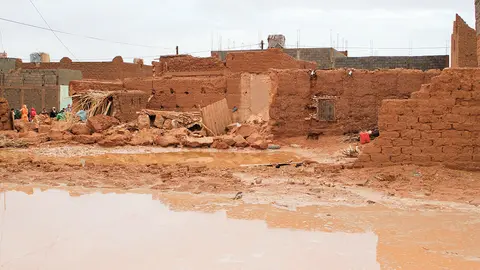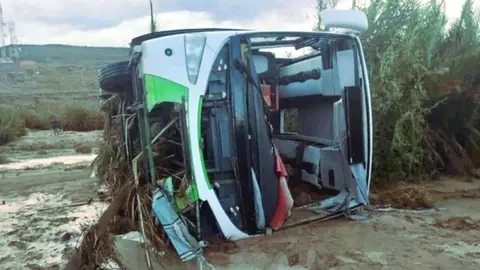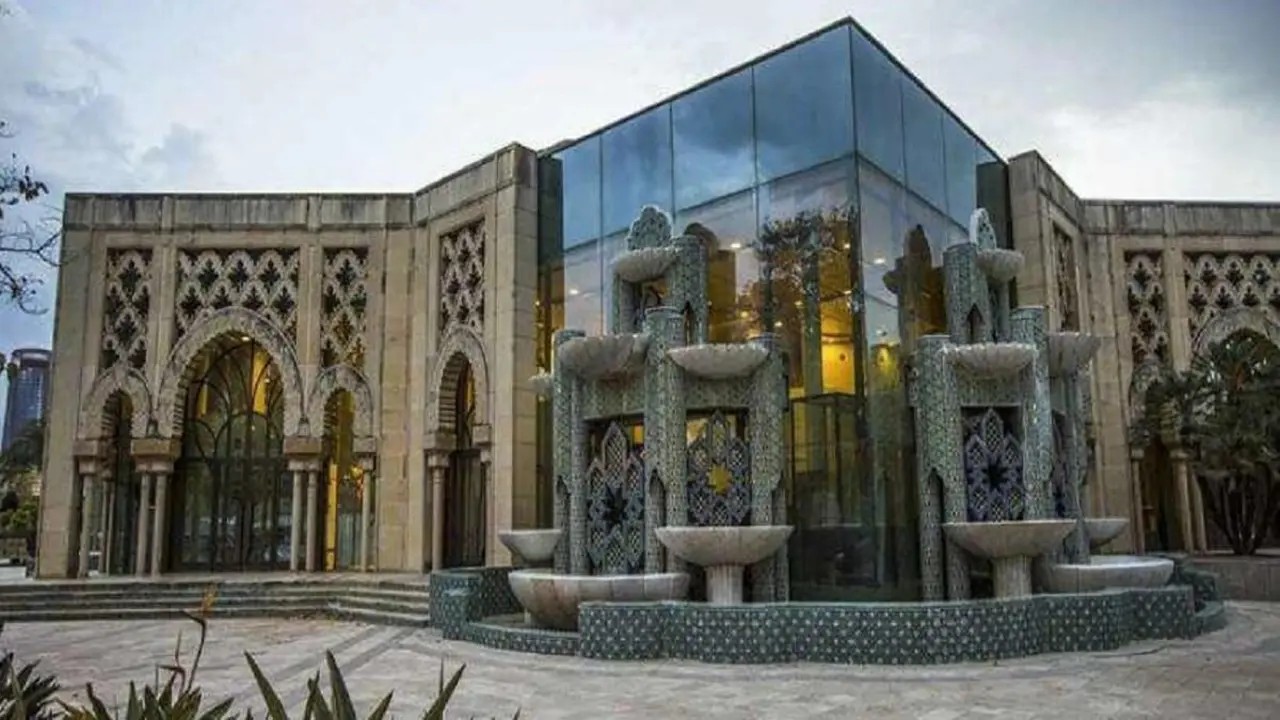Morocco grants 232 million euros to help flood-affected areas
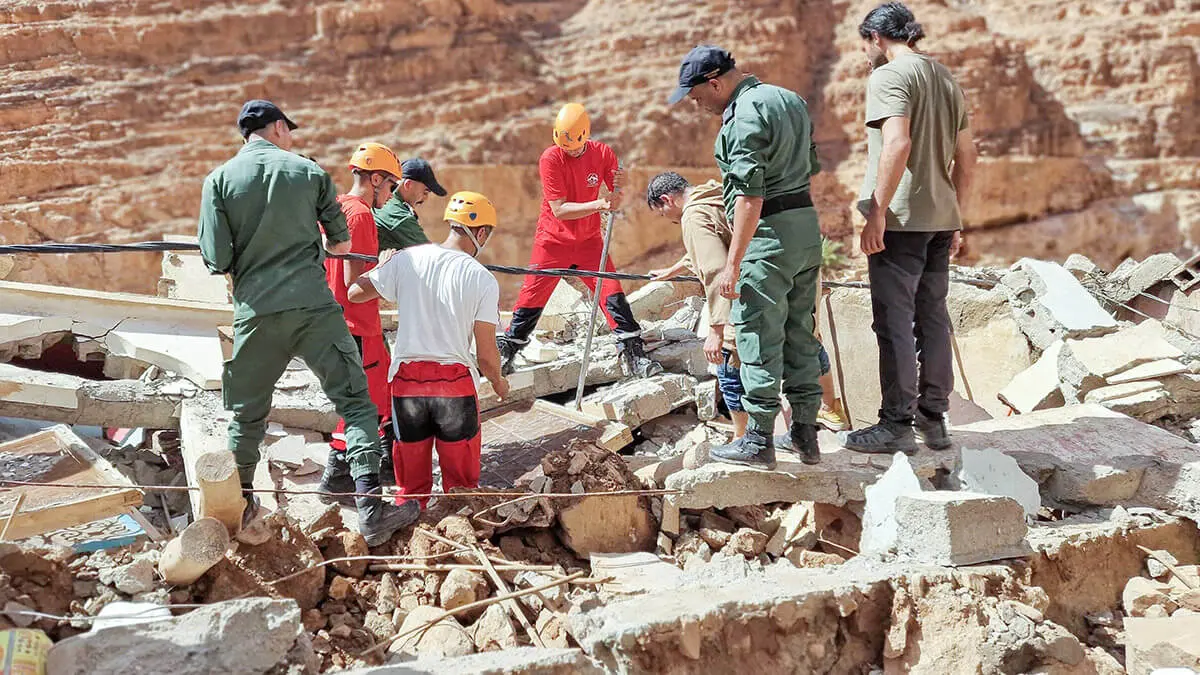
The Moroccan government has earmarked 232 million euros (2.5 billion dirhams) for rehabilitation and assistance for the areas affected by the recent severe floods in the south of the country, according to the Moroccan Head of Government's Department.
The executive ordered the various ministries involved in this situation to implement as quickly as possible this aid programme, which involves a large sum of money for the affected enclaves and their populations.
Support and accompaniment will be provided for the reconstruction and rehabilitation of damaged infrastructure and housing, as well as for the rehabilitation of road, telecommunications, sanitation and electricity and drinking water distribution networks in the affected areas.
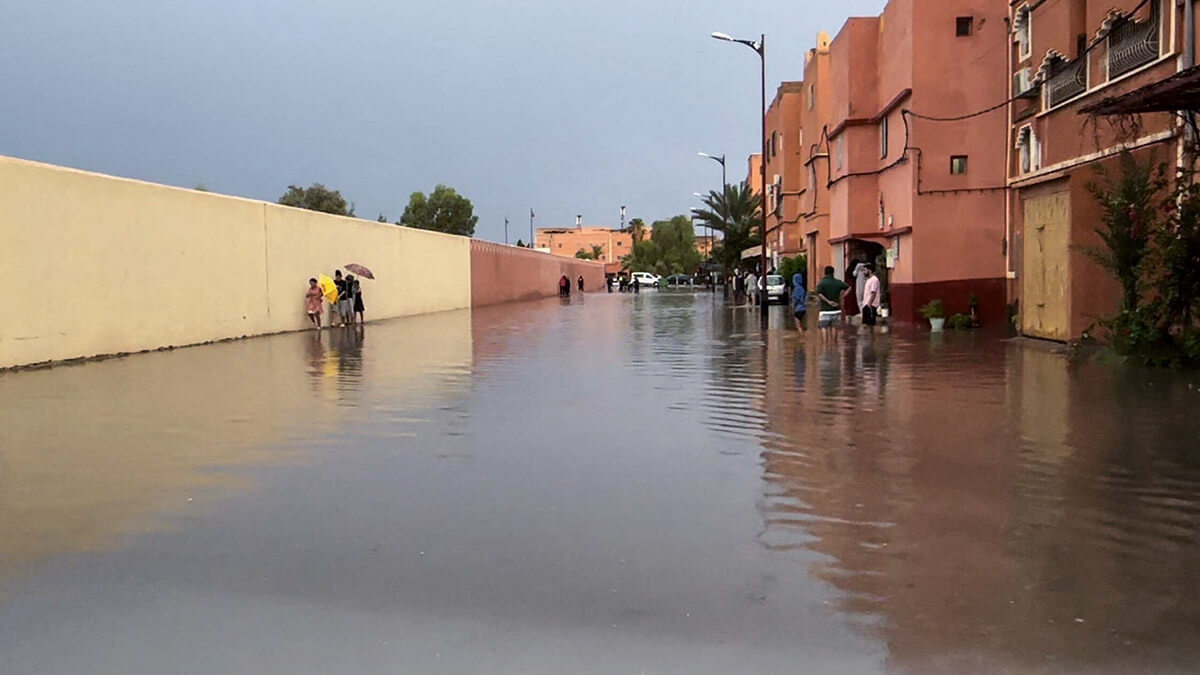
Over the past week, the south of Morocco was hit by heavy storms that resulted in major flooding, which left serious personal and material damage.
These storms have not been seen in the last 20 years in the North African country, a situation that has to do with the effects of climate change, a phenomenon that is damaging the world with sudden changes in weather and the worsening of certain meteorological conditions, and which is causing serious problems for Morocco, such as those caused by persistent droughts or the recent torrential rains.
Around twenty people died and dozens were injured in the floods, and hundreds of infrastructures and buildings were seriously damaged. The province of Tata was the worst hit by the floods in terms of fatalities, followed by Errachidia, Tiznit, Tinghir and Taroudant.

Numerous buildings and infrastructures were affected. There was damage to the drinking water and electricity supply networks and to the telephone and sewage networks, most of which was repaired by Moroccan workers. Road networks were also affected, with temporary traffic cuts on up to 110 roads, a situation that was resolved in a short period of time. Financial assistance will now be forthcoming to bring the whole network back into perfect condition.
The regions of Guelmim, Tata, Errachidia, Midelt, Ouarzazate, Tinghir, Zagora, Figuig, Jerada, Taroudant, Tiznit and Assa Zag were the worst affected. The Tata and Ziz rivers saw their flow increase to more than 2,000 cubic metres per second, in the case of the Tata River 2,300 cubic metres per second, due to the heavy storms.
Rachid El Khalfi, spokesman for the Moroccan Ministry of the Interior, indicated that the rainfall recorded in just two days represented approximately half of the rainfall in these regions throughout the year and in some areas exceeded the average annual amount, which shows the dimension of the storms originating in these areas.
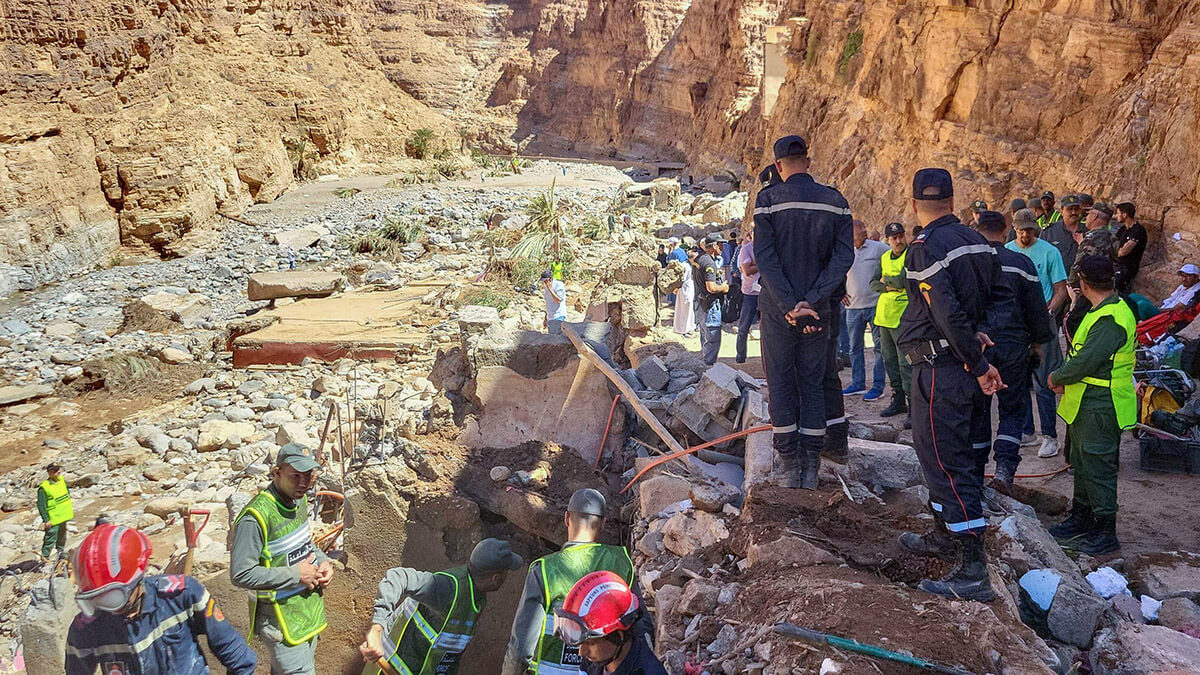
Faced with this situation, the Moroccan government, following the directives of King Mohammed VI, sets about planning an aid project that has been put at 232 million euros for the affected provinces.
Following the heavy rains and serious flooding, the government has set up a programme to rebuild damaged infrastructure and housing, and to support agricultural activity, which is of great importance to the national economy, as it accounts for nearly 15% of the nation's Gross Domestic Product (GDP). This will bring economic relief to the people affected.
The programme aims to assist agricultural activities in the affected areas, in particular through the rehabilitation of small and medium-sized hydropower structures and support to livestock farmers who have lost their herds due to the floods.
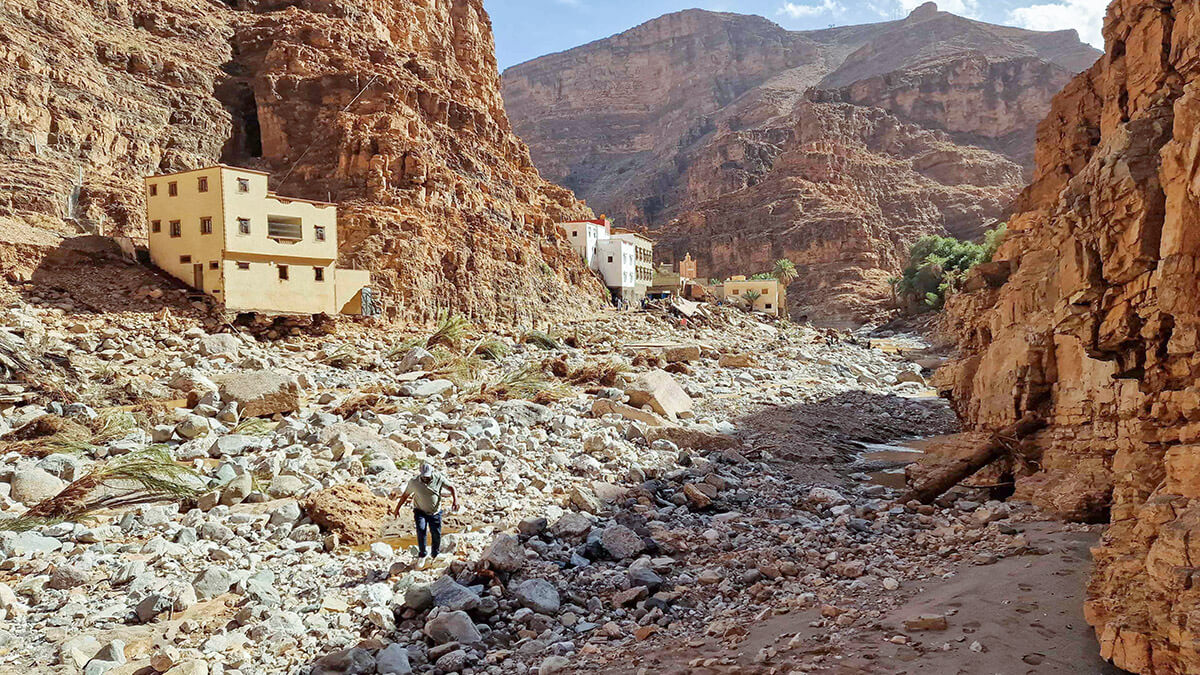
The launch of the rehabilitation programme for the flood-affected areas in the south of the Moroccan kingdom demonstrates the commitment of King Mohammed VI and the government to the population. A King of Morocco who is very concerned and aware of some of the major difficulties that the Moroccan population has suffered in recent times, with these latest floods, the periods of persistent drought and even the terrible earthquake last year that left around 2,900 people dead and 2,500 injured, as well as hundreds of thousands of buildings and infrastructures damaged.
In the face of all these problems, the Moroccan government, following high royal instructions, has been remedying them through major aid programmes and the deployment of assistance teams to alleviate as far as possible the negative and disastrous personal, material and economic effects of these events.

